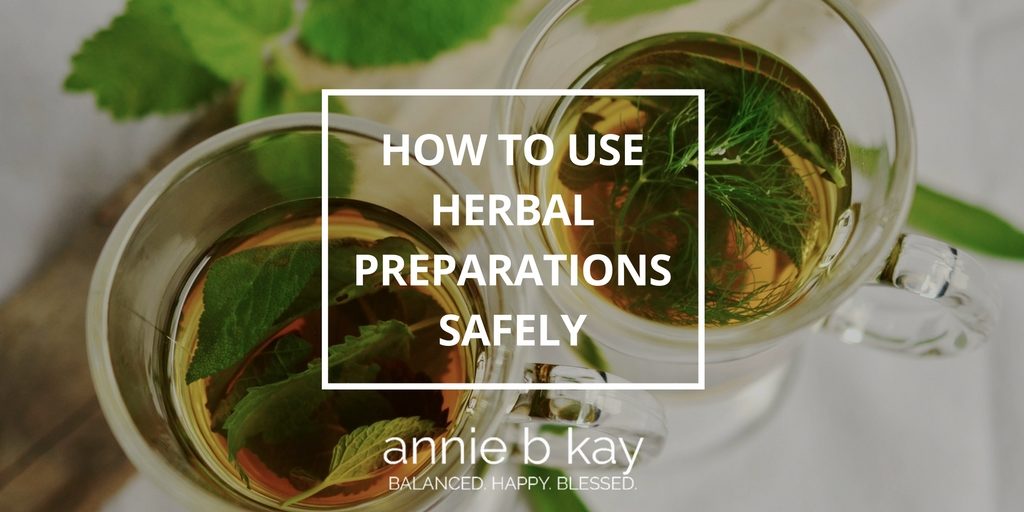
How to Use Herbal Preparations Safely

This month in the newsletter I wrote about putting summer’s bounty by for colder months, and I also wrote a brief piece on how to use herbal preparations safely. Herbs, herbal tinctures, flower essences and other botanicals can be wonderful allies for healing, but like any medicinal substance, different preparations are of varying quality and composition and can cause unexpected side effects. Here are a few thoughts, and suggestions for staying safe as you explore.
The Wise Herbalist: please be safe
After last month’s newsletter on making flower essences, I had a thoughtful exchange with a reader concerned about the toxicity of buttercup. Flower essences don’t contain any of the plant matter (they operate like homeopathy), so not to worry. But, since I have been writing more about the use of herbs and interest is certainly growing, I thought I’d give you a little overview of herbal preparations and how they operate so as to keep you nice & safe as you venture into this newly revived mode of healing.
You can think of herbal healing as ranging from gross physical (food, pharmaceuticals and infusions like teas operate on this level) to more subtle mind-body like tinctures, where plant matter is placed in alcohol for a number of weeks, and plant oils, where plant matter is placed into an oil for a number of weeks and the oil then carries some plant matter. Then there are those that operate on the subtle energetic level (homeopathic preparations and flower essences, for example).
For preparations that work on the physical level, it’s important that you stick with things that are edible and medicinal. So, in the case of buttercup, you don’t want to make an infusion tea with it nor eat it, because it is not edible – it contains compounds that can be toxic. Same with tinctures – stick with medicinal and culinary herbs for these. Flower essences don’t contain actual plant matter – they are energetic preparations – you can make an essence out of any plant and you won’t have a toxicity reaction to it unless you have a reaction to the carrier (often brandy, but you can also use vinegar).
Now, let’s talk about essential oils. These are wonderful but very condensed and strong extractions of the oils of plants. I have an essential oil diffuser in my office with a stress ease mixture and it works like a charm. Essential oils can damage your skin if you apply them directly and many people are sensitive. They can also react with your skin when exposed to the sun – I’ve had an instance of this and it wasn’t pretty!
I’ve been giving herb walks at Kripalu and interest in wild edibles and herbs is really growing. If you have an interest in wild edibles, take your time and stick to things like dandelion, plantain and garlic mustard that are common and safe, then slowly and safely expand your knowledge from there. Like anything, there are things to be aware of, but if you approach nature with respect and curiosity (and a few of the many good references), it will be a wonderful exploration.
Enjoy the season in fun and deliciousness,
Annie
Annie B. Kay MS, RDN, E-RYT500



